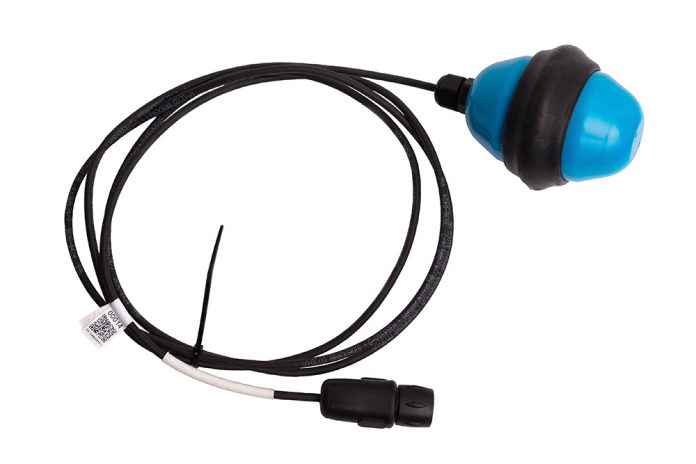In April this year, a huge fatberg weighing approximately 300 tonnes was discovered in the sewers below Birmingham.
Even with engineers working around the clock, Severn Trent does not expect to complete the removal of this huge mound of cooking oil, grease and non-biodegradable items until June at the earliest.
This most recent discovery is the latest in the growing list of examples of the challenges faced by water companies in ensuring the smooth running of their waste water networks.
In 2021 alone, high profile examples of fatbergs have been discovered in not just Birmingham, but also Plymouth, Southend-on-Sea, London and Hull.
It is estimated that UK water companies spend £100m every year clearing 300,000 fatbergs from the sewers beneath our feet! And this is vital work, because blockages in the system can have devastating effects in the form of flooding and pollution events.
In the 12 months between April 2019 and March 2020, according to data from Water UK, over 3,700 properties in the UK were internally flooded by sewage, while there were 27,127 cases of private lands or gardens that experienced sewage flooding.
Flooding, and pollution events caused by flooding, can have dramatic consequences and water companies take their responsibilities to avoiding these seriously.
Huge investments have been made into a wide range of solutions to blockages, both technical and awareness-led, and this has had a positive impact. In fact, Water UK suggests that customers are 8 times less likely to suffer sewer flooding than they were in the early 1990’s, so measurable progress has definitely been made.
However, while great strides have been taken, additional challenges such as climate change and population growth are impacting on the ability of a Victorian-era sewer system to function successfully.
With weather systems being significantly altered by climate change, already stretched sewer networks will be expected to cope with greater intensities of rainfall more frequently.
Population growth compounds this problem, particularly in England, where the government has set a target for the construction of 300,000 new homes every year.
These developments, often in already highly urbanised areas, add additional demand to already challenged sewer systems and create additional risks. After all, flooding and pollution events in highly populated areas are more likely to affect more people, costing more to fix and to compensate for.
While progress has been made, water companies are not resting on their laurels and are continuing to invest in newer, more advanced technological solutions, including NBIoT telemetry-based flow and level monitoring.
Thames Water, for example, has been proactively working on a variety of waste water sewer monitoring projects including sewer depth monitoring (SDM) deployments and the installation of HWM’s new early-warning SpillSens level monitoring and blockage alert system.
On average, Thames Water spends £18 million every year clearing 75,000 blockages from its complex 68,000-mile sewer network and is at the forefront of embracing digital technology to prevent flooding and pollution events.
Discussing the installation of SpillSens, Thames Water Operations Manager Anna Boyles explains that “these new sewer level monitors are the very latest bit of kit – they’ve only just come onto the market”.
“These monitors are an important tool in our armoury in the fight against sewer blockages. The data they provide gives us a picture of what’s happening in our sewers and helps us to nip blockages in the bud before they cause problems.”
The investment that Thames Water is making, along with the other UK water companies that are also investing greatly, is paying dividends.
The more regular discovery of blockages, before flooding and pollution events occur, is evidence that early warning systems and real-time data analysis are successful methods for maintaining the smooth operations of this critical infrastructure.
www.hwmglobal.com



